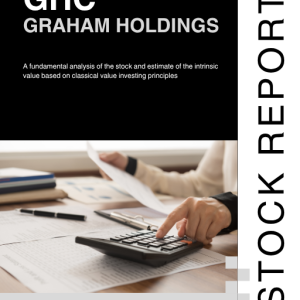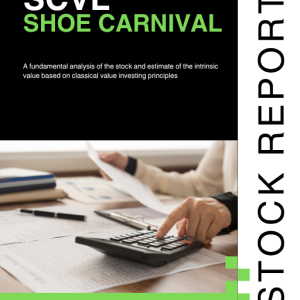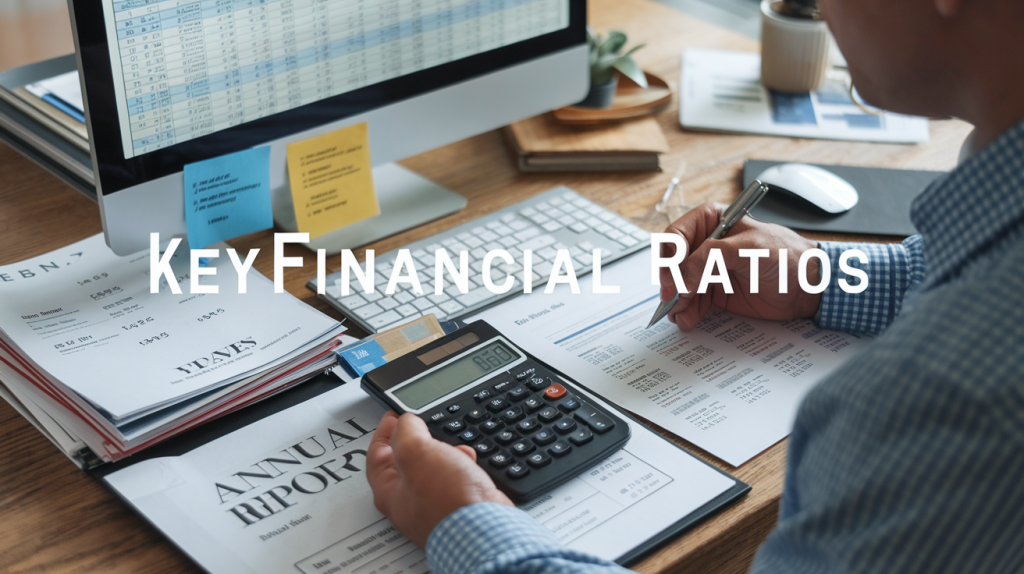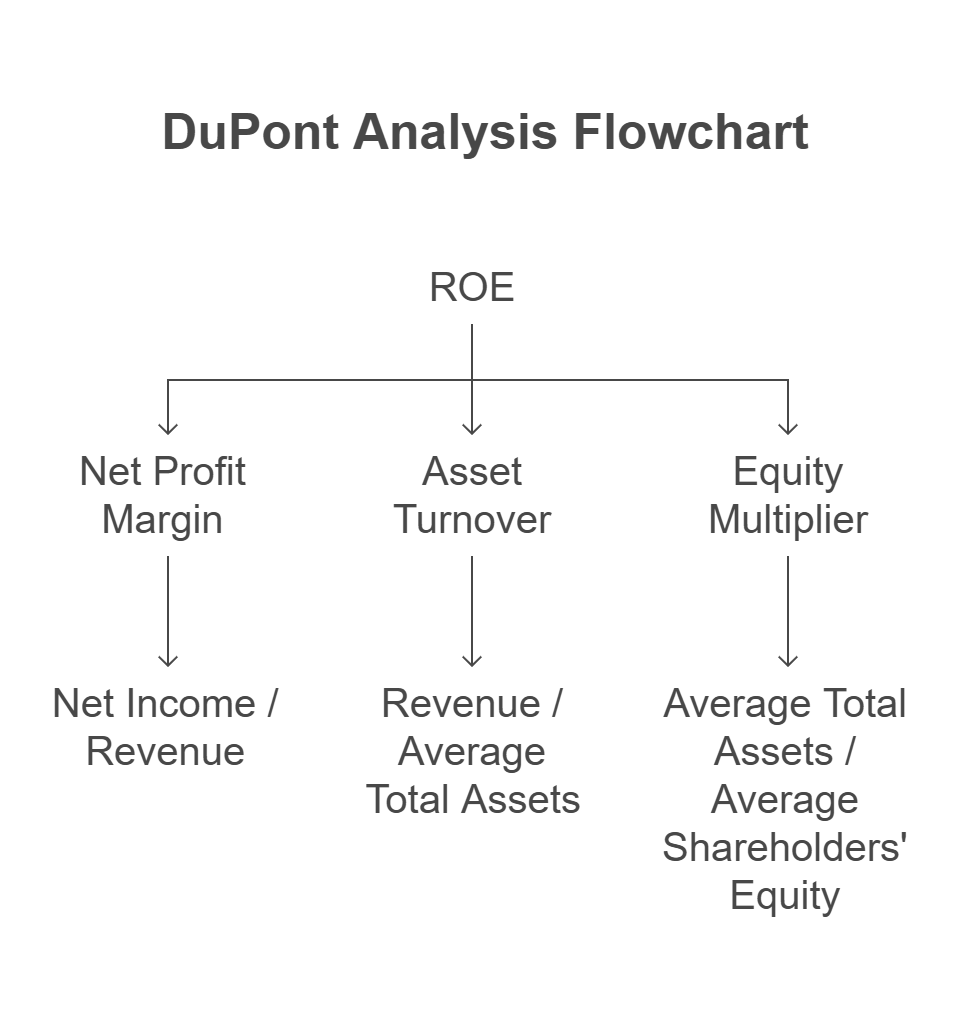
Why Liquidators Make the Best Value Investors?
Most investors try to predict growth. Liquidators look at what’s already there — and ask one simple question: If this business shut down today, how much money could we get back?
This lens flips the script. It’s not about blue-sky projections, but hard asset values and what creditors would claim in a worst-case scenario.
Viewed differently, you are looking at the business from a bond investor’s perspective who has their eye on the collateral at all times. However, you need to consider what remains if the collateral is used to pay off all bond holders, since you are still an equity holder, last in line in case of a liquidation.
If you’re serious about uncovering deep value and distressed opportunities, you need to master the art of financial ratio analysis — but through the cold, calculating eyes of a liquidator. This article shows you exactly how.
The Liquidator’s Mindset—Profits Are Optional, Assets Are Not
Most investors spend inordinate amount of time looking at profits and future expected growth. A value investor is more concerned about the existing value in the business. A deep value investor is very much concerned about the value that remains in the worst case scenario. A liquidator doesn’t care about market optimism or product pipelines. They care about:
- How much cash is in the bank – cash cannot be faked and a dollar cash is worth exactly one dollar
- What can be sold (receivables, inventory, equipment) – These have value. An orderly liquidation can fetch higher values, but a fire sale can get you very little value for these assets
- What must be paid (liabilities) – assume all liabilities are paid 100%. If you are unable to pay a debt holder, it is unlikely that equity holders will receive any consideration
- What’s left after everything is settled
Once you think like a liquidator, you can start extracting real insights from the balance sheet using the right ratios—many of which Wall Street completely ignores.
Start with the Net-Net Working Capital (NNWC) Formula
This is the cornerstone of liquidation value investing and one of Ben Graham’s favorite methods. We are used to the Net Current Asset Value calculation which values Receivables and Inventory at the full value on the books. the Net-Net Working Capital discounts these assets since a liquidation is unlikely to fetch you full valuation.
Net-Net Working Capital (NNWC) = Cash + (75% × Receivables) + (50% × Inventory) – Total Liabilities
This is a brutal, discounted view of what the company is really worth in a fire sale. Unlike standard book value, this formula forces you to assume that not everything gets recovered at face value.
If a company’s market cap is below its NNWC, you may be buying assets for pennies on the dollar. If other things check out, this is a great deal.
Now that we’ve established this baseline, let’s zoom in and examine the supporting ratios that reveal whether those assets are solid—or just smoke and mirrors.
The Current Ratio and Quick Ratio—Your Short-Term Solvency Check
These ratios assess whether the company can pay its short-term obligations without scrambling for outside capital. While we want to be conservative and assume a fire sale valuation, if the company is able to sustain its business for longer, we will be able to extract greater value out of it.
- Current Ratio = Current Assets / Current Liabilities
- Quick Ratio = (Cash + Receivables) / Current Liabilities
The quick ratio is more conservative and a better fit for distressed scenarios. It does not include inventory in the numerator. Inventory can be illiquid or obsolete.
If your quick ratio is under 1, that’s a sign of immediate risk. A current ratio under 1 means the company may struggle to cover its bills — even before liquidation.
But even strong liquidity ratios aren’t enough. You need to dig deeper into how these assets and liabilities stack up from a recovery perspective.
Tangible Book Value and Asset Quality—Don’t Count the Unicorns
Strip out goodwill, intangibles, and deferred tax assets. These won’t help you in a liquidation, and in many cases over time the values carried on the books get written off as they become detached to the reality.
Tangible Book Value = Total Assets – Intangibles – Liabilities
Focus on the recoverable assets:
- Cash (100%)
- Marketable securities (90–100%)
- Receivables (70–90% depending on aging)
- Inventory (30–70%, and highly variable)
If over half the balance sheet is intangibles or inventory in an industry that goes obsolete fast (think tech or fashion), your margin of safety disappears. In fact, in many manufacturing companies, equipment can be a big chunk of the tangible assets, but the equipment loses value quickly and the depreciation schedule may not be aligned with the reality.
You’ve checked the balance sheet for strength. Now use financial ratio analysis to spot the landmines hiding in leverage.
Debt Ratios That Matter When a Business is on Life Support
If you’re investing in distressed stocks, you must pay attention to capital structure. Even if the assets are solid, debt can wipe out shareholders before any value reaches them.
Key ratios to watch:
- Debt-to-Equity: Lower is better in liquidation cases.
- Interest Coverage (EBIT / Interest Expense): If it’s under 1, the company is borrowing to pay debt.
- Asset Coverage Ratio: Can total assets pay off total debt?
There could be some quirks – for example, part of the debt may be convertible into equity – depending on how the creditors want to work with the company, this can give the company some relief during a liquidation proceeding.
You can also use the Altman Z-Score as a composite metric for bankruptcy risk. Just remember, it’s backward-looking and needs context.
The final piece is to apply all these insights to real-world opportunities—before the crowd catches on.
Spotting the Opportunity—When Financial Ratio Analysis Screams “Buy”
You don’t need the business to recover. You just need the assets to be mispriced. Repricing of the assets can occur rather quickly if there is an activist investor bent on making things right.
Look for these triggers:
- Market cap below NNWC or tangible book value
- Clean balance sheet (no hidden liabilities or off-sheet debt)
- Insider buying or activist investors showing up. The company can also become an acquisition target for competition or consolidators.
- Improving operating margins—signaling turnaround potential. Please note that in most cases turnarounds require a drastic change in strategy, management or both
This is the sweet spot for distressed investing: when the stock is priced for bankruptcy, but the math shows a liquidation could leave you with more than you paid.
Before you act, know this—it takes more than numbers to pull the trigger.
Cautions and Catalysts—How to Avoid Value Traps
Even with textbook financial ratio analysis, some distressed stocks deserve their low price. The company may have a lot of cash on the books today, but it can burn through it quickly if it keeps on the current path. Off balance sheet liabilities can erode a big chunk of the value. These could include pending lawsuits, pension liabilities and lease obligations. If the company derives most of its business from one or a small number of customers, any one customer leaving can push the company into bankruptcy. And finally, keep an eye out for political or geographical instability.
Catalysts matter. Cheap assets are all well and good. What you also need to is to know that these assets will be revalued and you will profit. You need an event that unlocks value. These can be:
- Asset sale – if assets are carried on the books below the market value, any asset sale will unlock the value
- Bankruptcy proceeding with shareholder recovery – these can be nerve wracking if you have not done your homework. If you have and you know there is value in the company, this is the moment when you get paid.
- Strategic acquisition – the company can be acquired by an informed buyer. The informed buyer can be an activist investor who wants to unlock the value, or a competitor who is better capitalized and can generate better returns off these assets.
- Share buybacks or dividends initiated after restructuring – sometimes a deeply undervalued company may have so much cash on the books, all they have to do is to pay out a significant chunk of it as a dividend to the shareholders, or conduct a share buyback. This will not affect the earning power of the company but the company will be able to unlock value for the shareholders.
Use the Numbers—But Think Like a Vulture
Financial ratio analysis is your toolkit, but mindset is your compass.
When you read the balance sheet like a liquidator, you find value hiding in plain sight—especially when others are too focused on earnings growth and macro trends.
If you’re willing to do the math—and stomach the stink—you can pick up dollars for quarters in the distressed stock graveyard.
You’re not investing in hope. You’re investing in math. And in distressed investing, that makes all the difference.
Featured products

Shailesh Kumar, MBA is the founder of Astute Investor’s Calculus, where he shares high-conviction small-cap value ideas, stock reports, and investing strategies.
His work has been featured in the New York Times and profiled on Wikipedia. He previously ran Value Stock Guide, one of the earliest value investing platforms online.
Subscribe to the Inner Circle to access premium stock reports and strategy insights.
Featured in:











